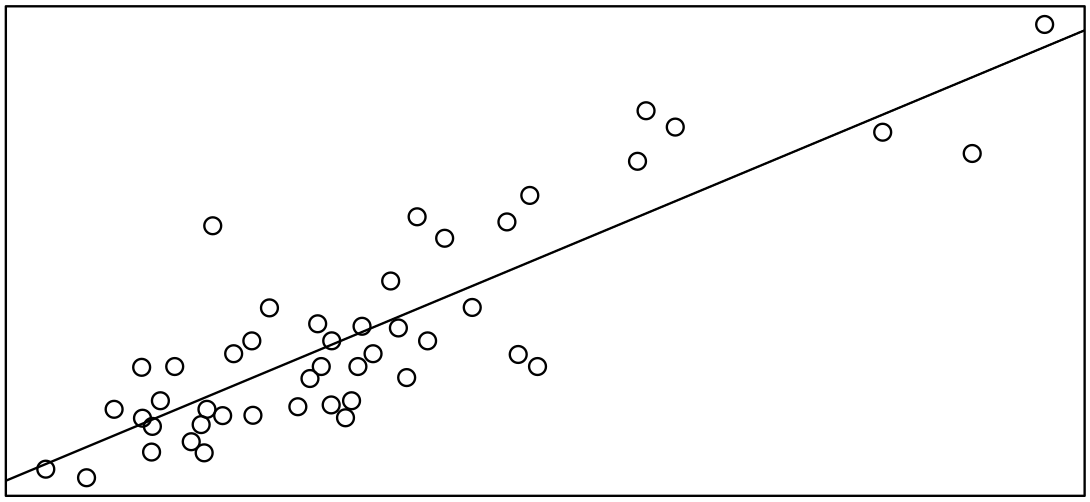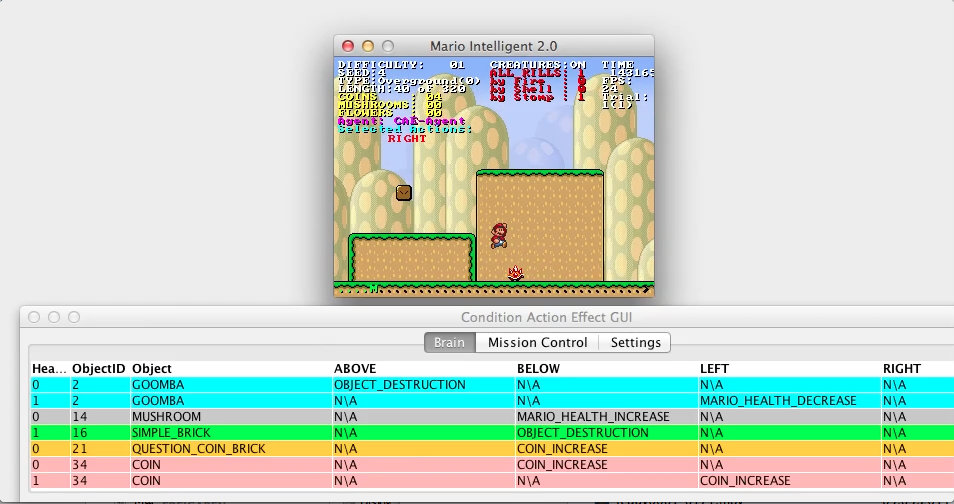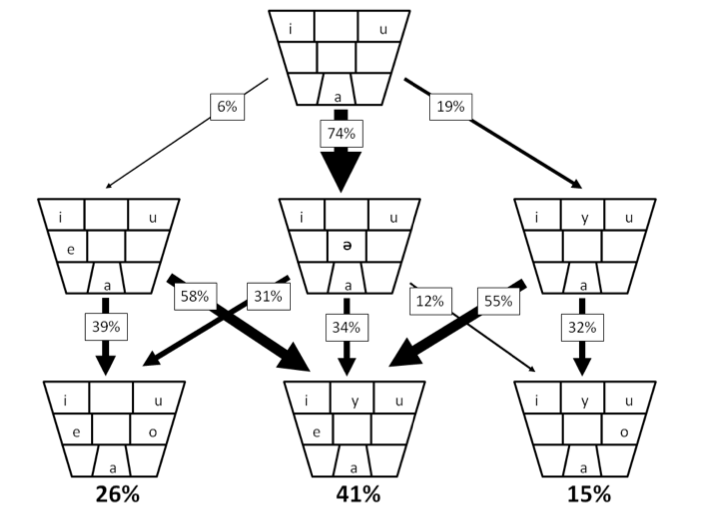Early Influences of Compound Frequency and Semantic Transparency
My bachelor thesis in Cognitive Science.
Unfortunately, I am currently not allowed to release the data nor the analysis scripts,
because the dataset is still under active research.
Abstract:
This thesis evaluates psycholinguistic theories about the cognitive processing of
words. Consequently, the time-course of compound reading is analyzed using
generalized additive models in a dataset of eye movements. The theories to be
contrasted are sublexical (Taft and Forster, 1975), supralexical (Giraudo and
Grainger, 2001) vs. dual route processing (Schreuder and Baayen, 1995) and
form-then-meaning (e.g. Rastle and Davis, 2008) vs. form-and-meaning (e.g.
Feldman et al., 2009) processing.
As the goal is to find the best model given various predictors, some general
mechanisms of eye movements will be demonstrated, e.g. the position
in the line has substantial effects, single fixations last longer, are on shorter
words, more in the center of the word and influenced differently by frequency
measures.
Inspired by Kuperman et al. (2009) it is shown that already the early eye
fixations on words are guided by first constituent and compound frequency,
providing evidence for parallel dual route models.
Similar to Baayen et al. (2013), Latent Semantic Analysis (LSA) similarity
scores (Landauer and Dumais, 1997) permit investigating the time point of
semantic processing. The effect of LSA similarity not only shows up in the
earliest word fixations, but the data reveals that semantics plays a role even
before a word is fixated. In particular, the fixation position in the word is
more to the right, when the semantic transparency, i.e. the similarity between
compound and second constituent is high. This evidence of parafoveal semantic
processing challenges opposing findings obtained with the eye-contingent
boundary paradigm (Rayner et al., 1986). In the framework of naive
discriminative learning (Baayen et al., 2011), the effect of transparency on fixation
position reflects optimization of the landing position for accessing the orthographic
information that is most discriminative for the compound.
Keywords:
reading, eye-movements, compounds, semantic similarity, morphological
processing, generalized additive model
Read PDF



